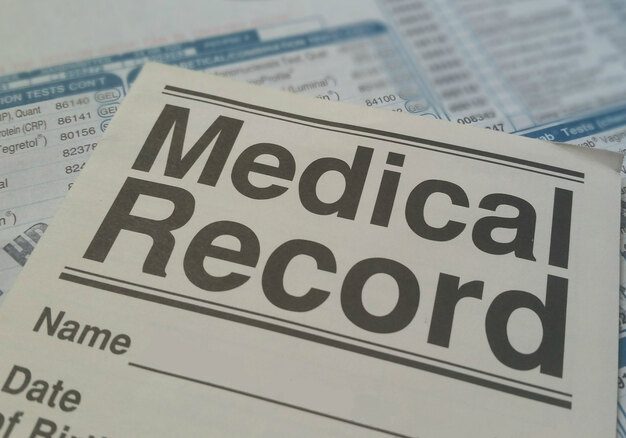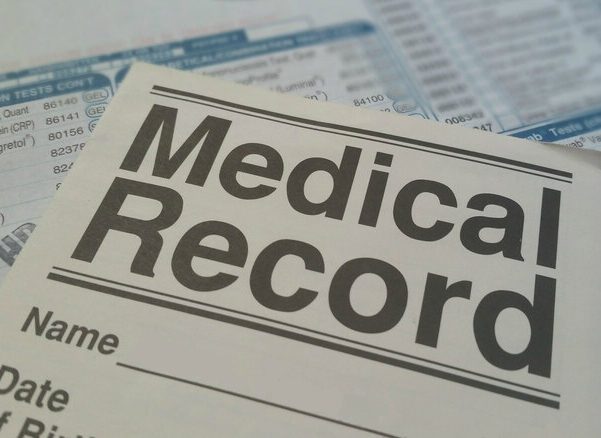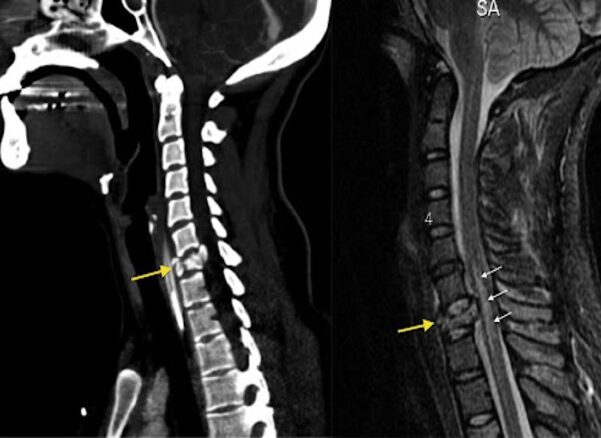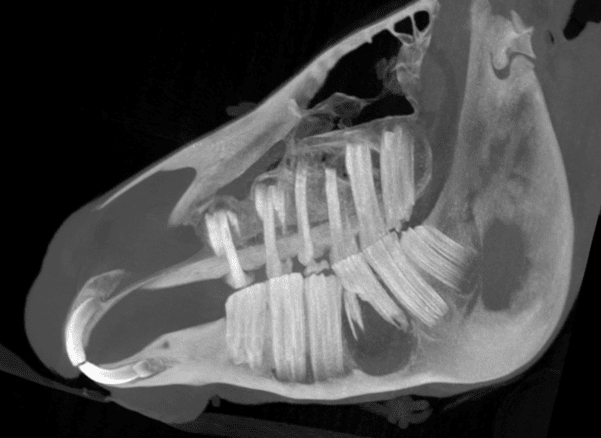Subject |
Medical Record Texts |
|---|---|
|
Data Type |
Text |
|
Volume |
100 million records |
|
Field of Data |
English, Arabic, Russian, 60+ languages. |
|
Field of Data |
Medical Records |
1. English
Patient Name: John Smith
Date of Birth: 12/05/1980
Date of Report: 25/01/2025
Physician: Dr. Sarah Johnson
Diagnosis: Hypertension
Clinical Summary:
John Smith, a 44-year-old male, presented to the clinic with complaints of recurrent headaches, fatigue, and occasional dizziness, which have been ongoing for approximately three months. He also reported feeling increased stress due to work-related responsibilities. His family history is significant for cardiovascular disease, with his father diagnosed with hypertension at age 50.
During the examination, John’s blood pressure was measured at 152/98 mmHg. Subsequent measurements over two weeks averaged 150/95 mmHg, confirming the diagnosis of Stage 1 hypertension according to the American Heart Association guidelines. Laboratory tests revealed slightly elevated low-density lipoprotein (LDL) cholesterol levels at 145 mg/dL and total cholesterol of 220 mg/dL. Triglycerides and high-density lipoprotein (HDL) levels were within the normal range. Electrocardiogram (ECG) findings showed no ischemic changes or arrhythmias. Renal function tests were also normal, ruling out secondary causes of hypertension.
Treatment Plan:
Lifestyle Modifications:
- A low-sodium, DASH (Dietary Approaches to Stop Hypertension) diet emphasizing fruits, vegetables, whole grains, and lean protein sources.
- A daily exercise regimen of at least 30 minutes of moderate-intensity physical activity, such as brisk walking or cycling.
- Stress management techniques, including mindfulness exercises or yoga, to help reduce the impact of work-related stress.
Medication:
- Amlodipine 10 mg once daily to help lower blood pressure effectively.
- Patient was advised to avoid over-the-counter medications containing decongestants, as they may elevate blood pressure.
Monitoring and Follow-Up:
- John was instructed to monitor his blood pressure at home twice daily using a validated device and maintain a log for review during his follow-up visit.
- A follow-up appointment was scheduled in four weeks to reassess blood pressure, evaluate medication efficacy, and repeat blood tests to monitor cholesterol levels.
Physician’s Notes:
John expressed motivation to adopt lifestyle changes and comply with the prescribed medication. He was advised about the potential complications of untreated hypertension, including heart disease, stroke, and kidney damage. Educational materials on hypertension management were provided.
2. Arabic (تقرير طبي مُطوّل)
اسم المريض: محمد علي
تاريخ الميلاد: 01/03/1990
تاريخ التقرير: 25/01/2025
الطبيب: د. ليلى الحسيني
التشخيص: التهاب الحلق البكتيري
الملخص الطبي:
حضر محمد علي، رجل يبلغ من العمر 35 عامًا، إلى العيادة بشكوى من ألم شديد في الحلق استمر لمدة خمسة أيام. وأفاد بصعوبة في البلع مصحوبة بحمى بلغت 38.5 درجة مئوية، بالإضافة إلى تورم في الغدد الليمفاوية تحت الفك. نفى المريض وجود أي أعراض أخرى مثل سيلان الأنف أو السعال. لديه تاريخ سابق بالإصابة المتكررة بالتهابات الحلق في السنوات الماضية.
أظهر الفحص السريري احمرارًا شديدًا في الحلق وتورمًا واضحًا في اللوزتين مع وجود بقع بيضاء صديدية. تم أخذ مسحة من الحلق وأُرسلت للتحليل المخبري، حيث أظهرت النتائج إصابة بكتيرية إيجابية من نوع Streptococcus pyogenes. اختبارات الدم، بما في ذلك تعداد خلايا الدم البيضاء، أكدت وجود ارتفاع طفيف يشير إلى عدوى نشطة.
خطة العلاج:
العلاج الدوائي:
- أموكسيسيلين 500 ملغ مرتين يوميًا لمدة 10 أيام.
- باراسيتامول 500 ملغ عند الحاجة لتخفيف الألم وخفض الحمى.
- غرغرة بمحلول ملحي دافئ مرتين إلى ثلاث مرات يوميًا لتخفيف الالتهاب وتحسين الأعراض.
النصائح العامة:
- شرب السوائل الدافئة بكميات كافية لتجنب الجفاف.
- الحصول على قسط وافر من الراحة وتجنب الأعمال الشاقة حتى تتحسن الحالة.
- تجنب التدخين أو التعرض للدخان، حيث يمكن أن يزيد من تهيج الحلق.
المتابعة:
- زيارة متابعة بعد أسبوع لمراجعة الاستجابة للعلاج وإجراء فحص آخر إذا لزم الأمر.
- في حالة استمرار الأعراض أو تفاقمها، تم نصح المريض بالعودة فورًا إلى العيادة.
ملاحظات الطبيب:
تم التأكيد على المريض بضرورة استكمال العلاج بالمضاد الحيوي حتى النهاية لتجنب حدوث مضاعفات مثل الحمى الروماتيزمية. كما تم توفير تعليمات مكتوبة عن الرعاية المنزلية.
3. French (Rapport Médical Étendu)
Nom du patient : Claire Dupont
Date de naissance : 15/07/1975
Date du rapport : 25/01/2025
Médecin : Dr. Pierre Lambert
Diagnostic : Diabète de type 2
Résumé clinique :
Claire Dupont, une femme de 49 ans, est venue pour une consultation suite à une prise de poids significative de 6 kg en 6 mois et une fatigue persistante. Elle se plaint également d’une soif excessive et de mictions fréquentes, particulièrement la nuit. L’anamnèse familiale révèle que sa mère et son frère souffrent également de diabète de type 2.
Les analyses de laboratoire montrent une glycémie à jeun de 145 mg/dL (norme < 100 mg/dL) et un HbA1c de 7,8 %, confirmant le diagnostic de diabète de type 2. Les tests de la fonction rénale sont normaux, mais le profil lipidique montre un cholestérol LDL légèrement élevé (130 mg/dL).
Plan de traitement :
Changements de mode de vie :
- Adoption d’un régime méditerranéen riche en légumes, fibres et graisses saines, avec une réduction des glucides simples.
- Augmenter l’activité physique avec au moins 150 minutes par semaine d’exercice modéré, tel que la marche rapide ou la natation.
Médication :
- Metformine 500 mg deux fois par jour, à prendre avec les repas.
- Supplémentation en vitamine D, compte tenu des niveaux bas identifiés dans les analyses.
Suivi médical :
- Consultation dans 3 mois pour évaluer l’efficacité du traitement.
- Contrôle régulier de la glycémie à domicile, avec un objectif de 80-130 mg/dL à jeun.
Notes du médecin :
La patiente a été informée des complications potentielles du diabète non contrôlé, notamment les maladies cardiovasculaires, rénales et nerveuses. Des brochures éducatives ont été fournies pour l’aider à mieux comprendre et gérer sa condition.











